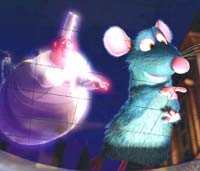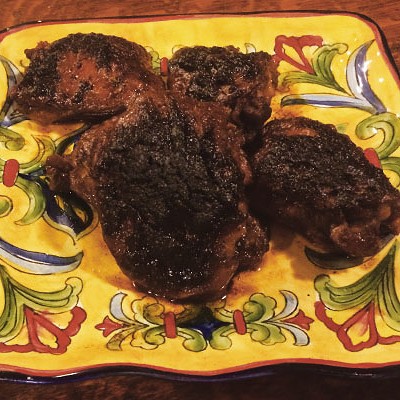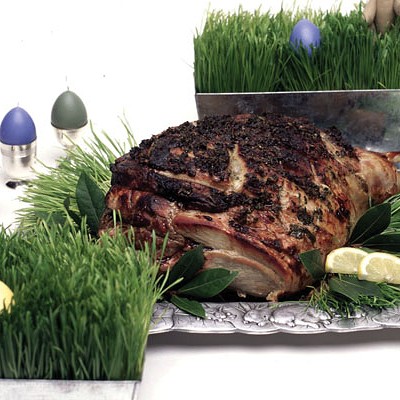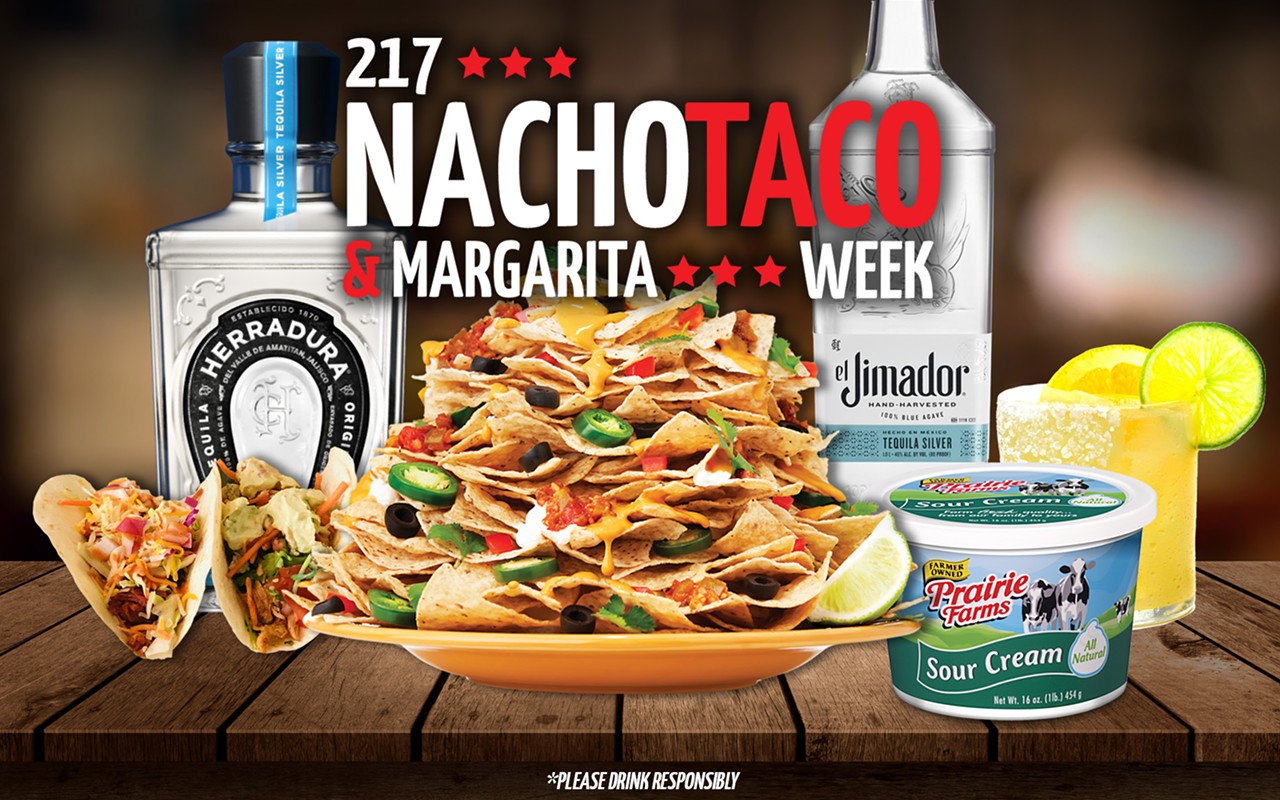You can ratatouille, too!
There are as many versions as there are cooks

[
{
"name": "Air - MedRect Combo - Inline Content 1",
"component": "11490391",
"insertPoint": "3",
"requiredCountToDisplay": "1",
"parentWrapperClass": "fdn-ads-inline-content-block"
},{
"name": "Air - MedRect Combo - Inline Content 2",
"component": "11490392",
"insertPoint": "7",
"requiredCountToDisplay": "5",
"parentWrapperClass": "fdn-ads-inline-content-block"
},{
"name": "Air - MedRect Combo - Inline Content 3",
"component": "11490393",
"insertPoint": "12",
"requiredCountToDisplay": "9",
"parentWrapperClass": "fdn-ads-inline-content-block"
}
]
Untitled Document
Ratatouille got me my first new kitchen floor.
I’m talking not about the movie but the classic French vegetable stew
(pronounced ra-ta-TOO-ee) that gave the movie its name.
We’d moved into our historic farmhouse a month
before. Farm kitchens are usually envisioned as large, warm, and welcoming,
but the folks who’d built our house more than 150 years ago
didn’t share that vision. The kitchen was too small for even a
four-top table. Worse, it’d been remodeled in the ’60s with
hot-pink Formica countertops, wallpaper with stylized hot-pink and avocado
daisies, and avocado carpeting, now quite worn. We replaced the countertops
and wallpaper, but, as unexpected expenses kept popping up (it quickly
became obvious that the definition of “historic” is
“needs regular infusions of large amounts of cash”), we
reluctantly decided to delay new flooring.
It was late summer, the perfect time to make a big batch of ratatouille. As I carried the huge pottery bowl from stove to counter, I tripped, spilling the steaming, fragrant mass onto the ugly carpet. I yelled for reinforcements. The kids and I shoveled up the mess, then spent hours futilely trying to clean the carpet. I’d always known that I was an industrial-flooring-with-a-drainpipe-so-the-floor-can-be-hosed-down cook rather than a kitchen-carpeting cook. Now I had proof. New kitchen flooring moved to the top of our priority list. Prerelease publicity about the film Ratatouille had me salivating, and not just because making ratatouille is a summer ritual for me. The idea of a gourmand rat in an haute Paris restaurant kitchen was fun. But when I learned that Thomas Keller — chef/owner of The French Laundry in the Napa Valley, Per Se in New York, and the Bouchon restaurants in Napa, New York City and Las Vegas, often cited as the best chef in the United States — was the food/restaurant consultant for the movie, I knew that the movie’s food component would be outstanding. The final boost to my expectation level came when a childless nonfoodie acquaintance said, “It’s the best movie I’ve seen this year.”
High hopes too often result in disappointment, but Ratatouille managed to meet my expectations and then some. The story line is classic Disney: A culinarily gifted rat, Remy, struggles against (not unfounded) prejudices of and against his species to find his true calling. The human protagonists’ own struggles for success and romance are intertwined with Remy’s. There are scheming villains (Chef Skinner and food critic Anton Ego) and enough action sequences to please young children. For me, however, the real fun was in the details, some obvious and some not. Remy identifies the kitchen personnel and their functions with perfect accuracy. Colette, the tough-as-nails lone woman in the kitchen, is true to type, as are her instructions to the hapless human hero, Linguini, whether she’s yelling at him to keep his workstation clean, demonstrating knife technique, or filling him in on the kitchen crew’s less-than-exemplary private lives. Obscure details and inside jokes abound, some of which flit across the screen so quickly that they’re easily missed: Linguini is as long, thin, and flat as his namesake pasta; the funereal Ego’s studio is shaped like a coffin; the kitchen crew’s hands and arms sport a variety of all-too-typical cuts and burns. Then there’s the food itself, which looks good enough to eat and apparently was. According to the movie’s Web site, “The filmmakers created over 270 pieces of food in the computer. Every food item was prepared and styled in a real kitchen, then photographed and eaten.” It’s not dumbed down, either, except for the microwavable fast foods that evil Chef Skinner attempts to market. As Colette says, ratatouille is a peasant dish. It’s from Provence, in southern France. Remy’s deconstructed ratatouille is beautiful, bearing little resemblance to the traditional stew, though its flavor unleashes a flood of memories for the cold-hearted Ego and results in his transformation. As with many classics, there are as many versions as there are cooks, although the basic ingredients are constant: tomatoes, zucchini, onion, eggplant, pepper, garlic, and herbs.
Most ratatouille recipes call for all of the ingredients to be thrown into a pot at once. The problem is that if the stew is simmered just long enough for the vegetables to be cooked through, but still retain their individuality, it’s watery; if cooked down to a traditional stew, softer vegetables such as zucchini lose color and become mushy. I tinkered with ratatouille for years before coming up with the method in the recipe here, which provides the classic stewlike consistency without sacrificing each vegetable’s identity. It freezes well for a taste of summer in colder months and makes a great tomato-sauce substitute for a different and delicious lasagna.
Send questions and comments to Julianne Glatz at [email protected].
Ratatouille
8 cups tomatoes, peeled, seeded, and chopped 6 cups eggplant (remove largely seeded areas), cut into 1-inch cubes 6 cups onions, not supersweet, cut into 1-inch cubes 1/3 cup thinly sliced or chopped garlic 6 cups zucchini (remove largely seeded areas), cut into 1-inch cubes 6 cups bell peppers — red, green, or mixed, cut into 1-inch cubes 4 tablespoons extravirgin olive oil, divided 3 tablespoons chopped fresh thyme or 1 tablespoon dried thyme leaves (not ground) Two bay leaves Kosher or sea salt Freshly ground pepper Minced fresh hot chiles or hot-pepper flakes to taste, optional
Mix the tomatoes with 1 tablespoon of salt and put them in a colander. Drain for 1 hour, stirring occasionally. Mix the eggplant with 1 tablespoon of salt in another colander. Drain for 1 hour. In a large skillet or wok, heat 1 tablespoon of oil over very high heat. Add the onions and stir-fry until they’re softened and lightly caramelized. (Don’t crowd the vegetables — if your skillet isn’t big enough, do this in batches) Add the garlic and cook for a couple of minutes until the garlic has softened but not browned. Put the onion-and-garlic mixture into a large heavy pot and add the drained tomatoes, bay leaves, thyme, and hot peppers (if you are using them). Place the pot over medium heat and bring the contents to a simmer, stirring frequently. Rinse the eggplant cubes and roll them in a lint-free towel. Squeeze the towel to remove as much moisture as possible. Return the skillet to the stove and add another tablespoon of oil. When hot, add the eggplant and stir-fry until it’s softened and lightly caramelized. Add the eggplant to the pot. Return the skillet to the heat, add a tablespoon of olive oil, and repeat the process with the peppers, then add them to the pot. Repeat with the zucchini, but, after stir-frying, set them aside. Cook the mixture, stirring frequently, until it’s thickened and excess liquid has evaporated (about 20 minutes). Adjust the heat to avoid scorching. Add the zucchini, reduce heat to low, and cook for another five minutes.
Remove the bay leaves and season to taste with salt and pepper. Serve warm or at room temperature.
Makes about 12 cups.
It was late summer, the perfect time to make a big batch of ratatouille. As I carried the huge pottery bowl from stove to counter, I tripped, spilling the steaming, fragrant mass onto the ugly carpet. I yelled for reinforcements. The kids and I shoveled up the mess, then spent hours futilely trying to clean the carpet. I’d always known that I was an industrial-flooring-with-a-drainpipe-so-the-floor-can-be-hosed-down cook rather than a kitchen-carpeting cook. Now I had proof. New kitchen flooring moved to the top of our priority list. Prerelease publicity about the film Ratatouille had me salivating, and not just because making ratatouille is a summer ritual for me. The idea of a gourmand rat in an haute Paris restaurant kitchen was fun. But when I learned that Thomas Keller — chef/owner of The French Laundry in the Napa Valley, Per Se in New York, and the Bouchon restaurants in Napa, New York City and Las Vegas, often cited as the best chef in the United States — was the food/restaurant consultant for the movie, I knew that the movie’s food component would be outstanding. The final boost to my expectation level came when a childless nonfoodie acquaintance said, “It’s the best movie I’ve seen this year.”
High hopes too often result in disappointment, but Ratatouille managed to meet my expectations and then some. The story line is classic Disney: A culinarily gifted rat, Remy, struggles against (not unfounded) prejudices of and against his species to find his true calling. The human protagonists’ own struggles for success and romance are intertwined with Remy’s. There are scheming villains (Chef Skinner and food critic Anton Ego) and enough action sequences to please young children. For me, however, the real fun was in the details, some obvious and some not. Remy identifies the kitchen personnel and their functions with perfect accuracy. Colette, the tough-as-nails lone woman in the kitchen, is true to type, as are her instructions to the hapless human hero, Linguini, whether she’s yelling at him to keep his workstation clean, demonstrating knife technique, or filling him in on the kitchen crew’s less-than-exemplary private lives. Obscure details and inside jokes abound, some of which flit across the screen so quickly that they’re easily missed: Linguini is as long, thin, and flat as his namesake pasta; the funereal Ego’s studio is shaped like a coffin; the kitchen crew’s hands and arms sport a variety of all-too-typical cuts and burns. Then there’s the food itself, which looks good enough to eat and apparently was. According to the movie’s Web site, “The filmmakers created over 270 pieces of food in the computer. Every food item was prepared and styled in a real kitchen, then photographed and eaten.” It’s not dumbed down, either, except for the microwavable fast foods that evil Chef Skinner attempts to market. As Colette says, ratatouille is a peasant dish. It’s from Provence, in southern France. Remy’s deconstructed ratatouille is beautiful, bearing little resemblance to the traditional stew, though its flavor unleashes a flood of memories for the cold-hearted Ego and results in his transformation. As with many classics, there are as many versions as there are cooks, although the basic ingredients are constant: tomatoes, zucchini, onion, eggplant, pepper, garlic, and herbs.
Most ratatouille recipes call for all of the ingredients to be thrown into a pot at once. The problem is that if the stew is simmered just long enough for the vegetables to be cooked through, but still retain their individuality, it’s watery; if cooked down to a traditional stew, softer vegetables such as zucchini lose color and become mushy. I tinkered with ratatouille for years before coming up with the method in the recipe here, which provides the classic stewlike consistency without sacrificing each vegetable’s identity. It freezes well for a taste of summer in colder months and makes a great tomato-sauce substitute for a different and delicious lasagna.
Send questions and comments to Julianne Glatz at [email protected].
Ratatouille
8 cups tomatoes, peeled, seeded, and chopped 6 cups eggplant (remove largely seeded areas), cut into 1-inch cubes 6 cups onions, not supersweet, cut into 1-inch cubes 1/3 cup thinly sliced or chopped garlic 6 cups zucchini (remove largely seeded areas), cut into 1-inch cubes 6 cups bell peppers — red, green, or mixed, cut into 1-inch cubes 4 tablespoons extravirgin olive oil, divided 3 tablespoons chopped fresh thyme or 1 tablespoon dried thyme leaves (not ground) Two bay leaves Kosher or sea salt Freshly ground pepper Minced fresh hot chiles or hot-pepper flakes to taste, optional
Mix the tomatoes with 1 tablespoon of salt and put them in a colander. Drain for 1 hour, stirring occasionally. Mix the eggplant with 1 tablespoon of salt in another colander. Drain for 1 hour. In a large skillet or wok, heat 1 tablespoon of oil over very high heat. Add the onions and stir-fry until they’re softened and lightly caramelized. (Don’t crowd the vegetables — if your skillet isn’t big enough, do this in batches) Add the garlic and cook for a couple of minutes until the garlic has softened but not browned. Put the onion-and-garlic mixture into a large heavy pot and add the drained tomatoes, bay leaves, thyme, and hot peppers (if you are using them). Place the pot over medium heat and bring the contents to a simmer, stirring frequently. Rinse the eggplant cubes and roll them in a lint-free towel. Squeeze the towel to remove as much moisture as possible. Return the skillet to the stove and add another tablespoon of oil. When hot, add the eggplant and stir-fry until it’s softened and lightly caramelized. Add the eggplant to the pot. Return the skillet to the heat, add a tablespoon of olive oil, and repeat the process with the peppers, then add them to the pot. Repeat with the zucchini, but, after stir-frying, set them aside. Cook the mixture, stirring frequently, until it’s thickened and excess liquid has evaporated (about 20 minutes). Adjust the heat to avoid scorching. Add the zucchini, reduce heat to low, and cook for another five minutes.
Remove the bay leaves and season to taste with salt and pepper. Serve warm or at room temperature.
Makes about 12 cups.
Illinois Times has provided readers with independent journalism for almost 50 years, from news and politics to arts and culture.
Your support will help cover the costs of editorial content published each week. Without local news organizations, we would be less informed about the issues that affect our community..
Got something to say?
Send a letter to the editor and we'll publish your feedback in print!


















